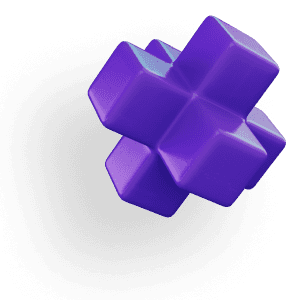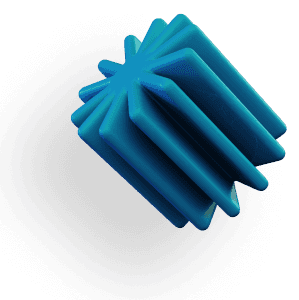HOW TO USE GPU
KeyShot (v.9 and newer)
KeyShot is known for its real-time rendering and animation capabilities, which can be greatly enhanced with GPU acceleration. Utilizing GPU rendering, particularly with NVIDIA RTX GPUs, significantly speeds up the rendering process, allowing for more complex scenes and higher-quality outputs with faster render times.
How to Enable GPU-Accelerated Rendering in KeyShot
Launch KeyShot
Open the application from the default path:%localappdata%\KeyShot##\bin\keyshot.exeActivate GPU Rendering

From the File menu, navigate to Edit > Preferences.
Under the Interface tab, ensure Use GPU is checked to enable GPU acceleration for real-time rendering effects.
Switch to GPU Mode by clicking the GPU button from the top ribbon menu.

By enabling GPU mode, KeyShot will leverage the powerful ray-tracing capabilities of supported NVIDIA GPUs to improve both real-time view and final rendering performance.
Top Tips to Speed Up KeyShot Performance
Use Multiple GPUs with NVLink
If your workstation supports multiple GPUs, KeyShot can take advantage of multi-GPU scaling for even faster renders. With NVIDIA NVLink, you can pool the VRAM from multiple GPUs, providing significantly more memory for rendering complex scenes. This is especially useful for heavy-duty tasks like large textures and detailed caustics.Monitor GPU Memory
Keep an eye on the GPU memory usage, especially when using high-resolution textures. 4K and 8K textures can quickly consume memory, which may cause KeyShot to revert to CPU rendering. Consider lowering texture resolution or limiting the number of large textures used.Optimize Sampling for Speed
KeyShot uses samples per pixel to control render quality. Lowering the sample count for early-stage previews can significantly improve render speeds. You can gradually increase the samples for final renders to ensure high quality.Update Drivers Regularly
Keeping your NVIDIA drivers up to date ensures optimal GPU performance in KeyShot. Driver updates often include performance optimizations and bug fixes specific to rendering tasks.
KeyShot System Requirements
Minimum Requirements:
Operating System:
Windows: Windows 10 or 11 (64-bit).
macOS: macOS 11.7 Big Sur or newer.
Processor: Intel or AMD 64-bit processor with SSE4.1 or higher.
RAM: 4 GB.
Graphics Card: OpenGL 2.0 capable system.
Display Resolution: 1920 x 1080 or higher.
Internet Connection: Required for product activation.
Recommended Specifications:
Processor: Multi-core CPU with high clock speed; more cores will result in faster rendering times.
RAM: 8 GB or more, especially for handling complex scenes and high-resolution textures.
Graphics Card: For GPU rendering, NVIDIA GPUs built on Maxwell microarchitecture or newer, such as the Quadro M6000 or GTX 980 and above, with at least 8 GB of VRAM.
Storage: Solid State Drive (SSD) for faster load times and data access.
Display Resolution: Higher resolutions for a more detailed and expansive workspace.
Meeting these specifications will help you get the most out of KeyShot, ensuring efficient workflows and high-quality outputs. Keep in mind that more complex projects, especially those involving high-resolution images or intricate effects, will benefit from higher-end hardware configurations.
Top Recommended GPUs for KeyShot

NVIDIA RTX 4090
This top-tier GPU offers unmatched performance with 24GB of VRAM and ray-tracing cores, making it ideal for handling highly detailed scenes and large textures in KeyShot’s GPU mode.NVIDIA RTX 3090
A great option for professionals working with complex models and animations, the RTX 3090 features high memory capacity and delivers excellent real-time and final-frame rendering speeds.NVIDIA RTX 3080
For users seeking a balance between price and performance, the RTX 3080 provides exceptional performance for GPU rendering in KeyShot, handling most professional workloads with ease.
By enabling GPU acceleration and following these optimization tips, you can make the most out of KeyShot’s real-time and final rendering capabilities, ensuring a faster and more efficient workflow.
Enjoy Faster Renderings and Workflow with Vagon
When the goal is to cut down rendering times and speeding up your workflow, every second saved is a victory. But what if you could do more than just save a few seconds?
With Vagon’s cloud PCs powered by 48 cores, 4 x 24GB RTX-enabled NVIDIA GPUs and 192GB of RAM, work on your projects faster than ever. It’s easy to use, right in your browser. You can transfer your workspace and files in just a few clicks and try it yourself!






